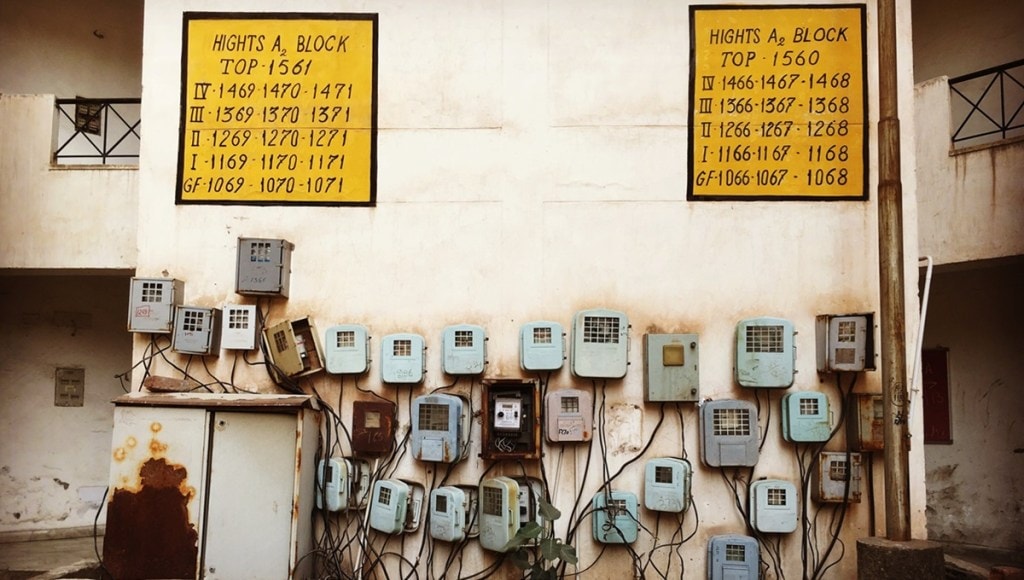The awarding of smart meters by the state distribution utilities (discoms) is expected to increase to 222 million over the near to medium term from ~99 million so far, said a report by ICRA. The replacement of conventional meters with smart meters is a key initiative of the Revamped Distribution Sector Scheme (RDSS) launched by the Government of India (GoI) in July 2021 with the objective of bringing down AT&C (aggregate technical & commercial) losses and reducing the gap between the cost of supply and tariff to zero for the state distribution utilities (discoms).
Vikram V, Vice President & Co-Group Head – Corporate Ratings, ICRA, said, “Of the 222 million meters sanctioned as of December 2023, 99 million meters have been awarded. However, the progress in installations remains low, with only 8.0 million smart meters installed as of December 2023. Given the current pace of installations, the GoI’s target to replace 250 million conventional meters with smart meters by 2025 is unlikely to be met. Nonetheless, ICRA expects the pace of installations to witness a significant jump over the next two years. Moreover, the tendering activity would remain high in the near to medium term, considering the pending award of the balance 123 million meters, providing order book visibility for advanced metering infrastructure service providers (AMISPs) and meter manufacturers.”
The RDSS scheme has adopted the design, build, finance, own, operate, and transfer (DBFOOT) model for the installation of smart meters, wherein AMISP will be contracted for financing, supplying, installing, and operating the meters along with the associated communication and IT infrastructure. This, ICRA said, will enable the discoms to set up the smart meters without the burden of upfront investment and take over these assets at no cost at the end of the contract tenure.
The smart meter projects are being awarded to the AMISPs through the bidding route, with the service charge per month per meter being the key bidding parameter. Also, the AMISPs can be eligible for receiving an upfront grant per meter on successful installation, available from the GoI under the RDSS scheme. With the expected scale-up in tendering activity, a commensurate increase in domestic meter manufacturing capacity and the availability of system integrators for the head-end systems (HES) and meter data management systems (MDM) remain important.
Vikram V added, “The viability for the winning bidders remains largely linked with the capital cost of setting up the smart meters along with the associated communication and IT infrastructure. For an AMISP with a quoted service charge of Rs 70-75 per meter per month, the capital cost should remain at or below Rs 5,000 per meter to achieve a reasonable debt service coverage ratio (DSCR) of 1.2x. Further, the availability of a direct debit payment mechanism, wherein online payments received from the consumers are to be routed from the payment gateway to the AMISP, is likely to mitigate the counterparty credit risk associated with the discoms to a large extent. However, the track record of this mechanism remains to be seen.”
For the discoms to achieve net positive savings, it is important that they analyse the consumption potential of the customers while replacing the conventional meters with smart meters.
Considering a baseline AT&C loss level of 25.0% (prior to the installation of smart meters) and AMISP service charge in the range of Rs 70-75 per month per meter, the discom should reduce the AT&C loss level to at least 16.0 per cent for a consumer with a monthly consumption of 150 units to have net positive savings. If the monthly consumption per customer is lower, at, say, 100 units, the AT&C losses must be lowered to at least 12.0 per cent to have net positive savings, ICRA said.

